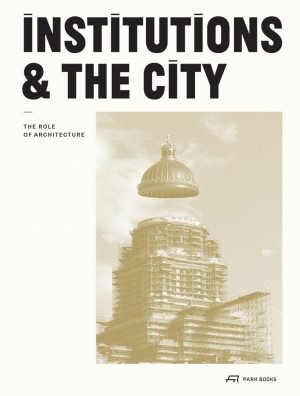By Gerald Ledent & Cecile Vandernoot
Institutions — the state, the church, the army, the judiciary, the university, the bank, etc.— organise social relations. As social structures, they regulate societies according to various practices, rites and rules of conduct, and guide our actions by delimiting what is possible and thinkable. Institutions’ individual scope depends on how the society as a whole understands them. They are in perpetual mutation and thus form complex entities. Architecture plays an essential role in the establishment, identification and perpetuation of this social structure as it formalises value systems in space and represents ideologies in permanent physical structures. Architecture establishes and reveals the way an institution functions through different strategies. Institutions and the City: The Role of Architecture investigates this, taking the Tracé Royal (King’s Street) in Brussels as an example. Running from the Place Royale in the heart of the city to the Église Royale Sainte-Marie to the north, it is the place where several of Belgium’s national political, legal, religious, financial, and cultural institutions are located.
Zurich, 2022, 29 x 22 cm, 224pp, illustrated, Paperback.
